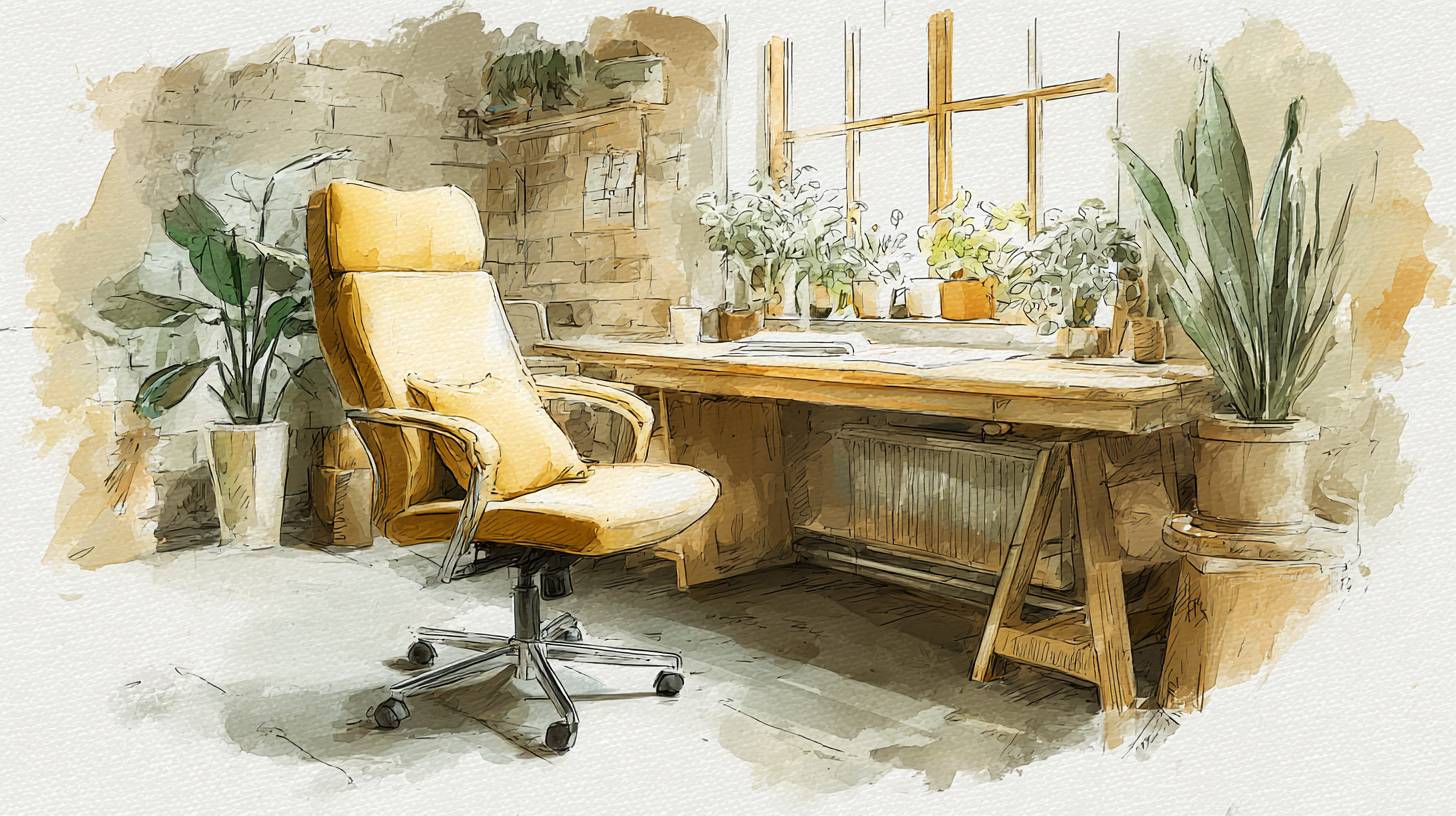
Top 9 Noise-Cancelling Headphones for Work and Travel
Discover the best noise-cancelling headphones that enhance focus and comfort for work and travel. Elevate your listening...
The rapier began to develop at around the turn of the 15th century as the Spanish espada ropera, or "dress sword". It was a fast and light single handed sword designed for cutting and thrusting. In 1570 the Italian swordmaster Signior Rocco Bonetti settled in England and advocated ...The rapier began to develop at around the turn of the 15th century as the Spanish espada ropera, or "dress sword".
It was a fast and light single handed sword designed for cutting and thrusting. In 1570 the Italian swordmaster Signior Rocco Bonetti settled in England and advocated the use of the rapier for thrusting as opposed to cutting when engaged in a duel. Although it was generally seen as a civilian weapon, more robust versions such as the Pappenheimer Rapier were developed for battlefield use and saw service in conflicts such as the English Civil War.
Many rapier treatises still survive including "The Schoole of the Noble and Worthy Science of Defence" written in England in 1617 by Joseph Swetnam. This Renaissance Rapier replica features a hand forged complex hilt constructed from steel and polished to a bright finish. The wire-bound handle is both attractive and functional - allowing for a firmer grip than the leather bound equivalent.
The hand forged steel blunted blade is housed in a well made wooden scabbard with leather covering and steel fittings. This sword is blunt and designed for display only.
Discover more insights and guides in this category

Discover the best noise-cancelling headphones that enhance focus and comfort for work and travel. Elevate your listening...

Discover the top ergonomic office chairs for ultimate comfort during long hours at your desk. Boost your productivity an...

Discover the must-have kitchen gadgets for every home cook in 2025. Elevate your culinary skills and simplify meal prep ...